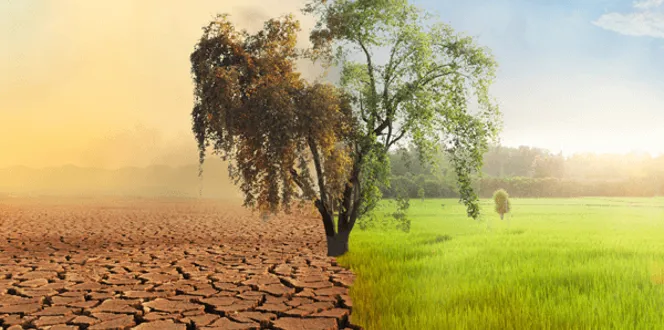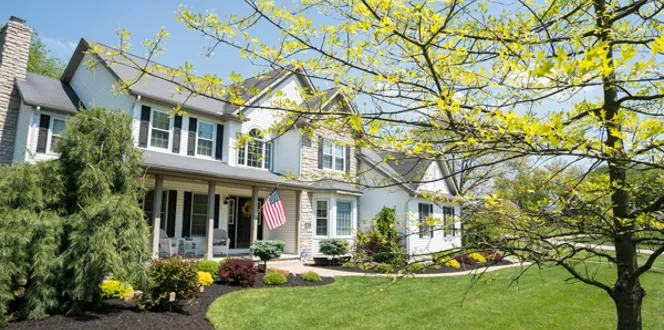When you are choosing plants for your home landscape, you have to know your planting zones.
Why? Because matching the plant you choose to your specific zone is the most important factor when it comes to plant survival.
Some plants won’t survive in your zone if it gets too cold for that plant, for instance. You might get lucky if you have mild winters, but you ultimately don’t want to neglect the zone information when installing new plants.
Let’s learn more about how to read planting zones and how to use plant hardiness zones, so you can get the best plants for your yard.
Understanding Plant Hardiness Zones
If you are a new homeowner or haven’t done a lot of gardening or landscaping in the past, you might be confused when you see some of the terminology being thrown out there in relation to plants.
You might think you can just choose the prettiest flowering shrubs or perennials in the garden center, and you’ll be good to go.
But this approach could end up wasting you money if your plants don’t last because they can’t grow optimally in your local climate.
Understanding your planting zones can help you better plan your home landscape.
The U.S. Department of Agriculture created the USDA plant hardiness map for just this reason, and they update it every few years to ensure the zones are correct. North America is divided into 11 zones based on minimum average annual temperatures.
What do hardiness zones mean? They basically tell you how well a plant will survive cold temperatures.
How To Use Plant Hardiness Zones
When trying to answer the question, “How do you read planting zones?” it’s as simple as looking at the interactive USDA plant hardiness zone map and entering your zip code. The color-coded map will tell you your zone and the lowest average winter temperature you can expect.
Then when you go to purchase plants, make sure your zone is included in the plant label information. For instance, if you are located in zone 5 and the plant you have your eye on is hardy in zones 5 to 9, you are good to go.
Remember, the USDA plant hardiness zone map is a guide to choosing the best plants for your landscape, but it won’t guarantee survival. You also want to factor in your soil conditions, sun vs. shade, and water requirements to ensure the plant is getting everthing it needs for optimum growth.
Planting Zones 2022
The USDA determines planting zones based on average annual minimum temperatures to show the amount of stress plants can undergo from colder weather.
Climate change is raising these average temperatures over time, impacting plants' ability to survive in certain areas. Winter temperatures are expected to continue rising, shifting plant hardiness zones slowly over time.
This is not only changing the plants and trees you might choose for your home landscape, but it can also elevate some issues, such as insects and diseases, on certain species. But the good news is by planting the right trees and shrubs, you are helping to mitigate some of the impacts of climate change.





